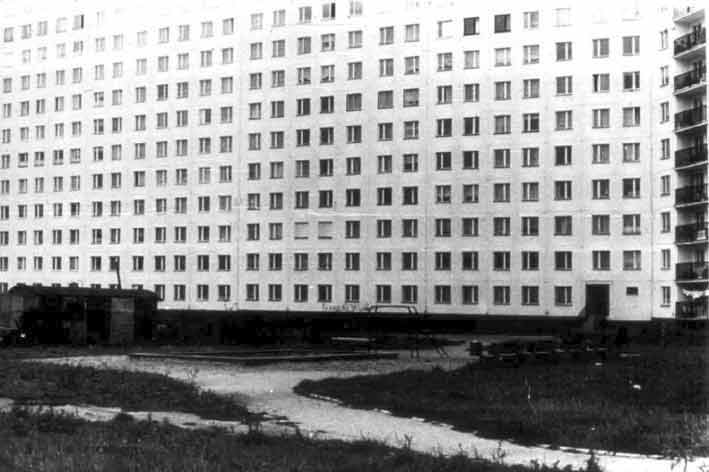HABITAT - FROM DYSTOPIA TO
UTOPIA
Ada Kwiatkowska
Abstract
Habitat is in the state of
the dynamic equilibrium between man and the environment. A permanent disturbance
of this equilibrium causes the devastation of the surroundings by uncontrolled
human activities or the blocking of
human needs by the repressive influence of the surroundings. According to the theory of C.A. Doxiadis, the housing environment
may assume different forms related to the degree of the equalization of
mutual relations between man and habitat, such as: entopia, dystopia and
utopia.
Article:
Kwiatkowska,
Ada (2004). Habitat - od dystopii do utopii (Habitat - From Dystopia to
Utopia), Architectus, no 2 (16), pp.55-64.

Aesthetical dystopia: Wroclaw


Spatial dystopia: Lisbon
Copyright © 2025